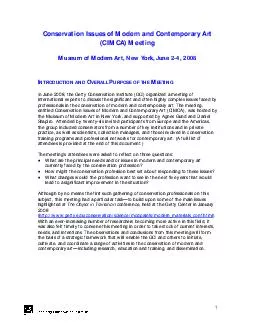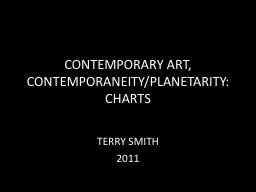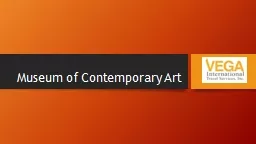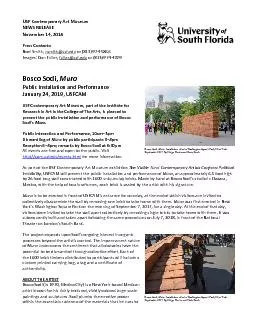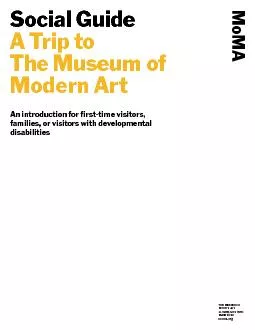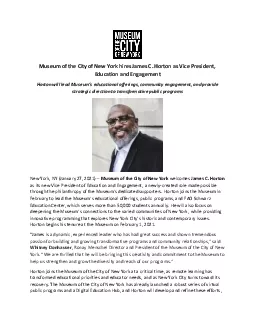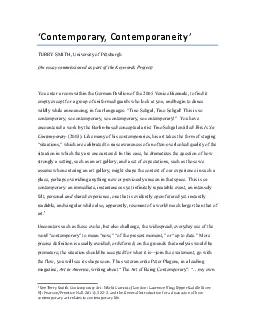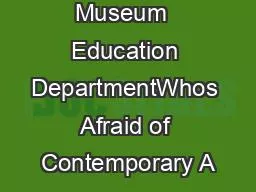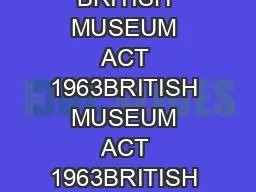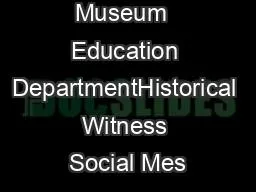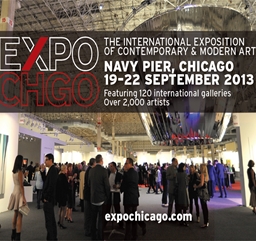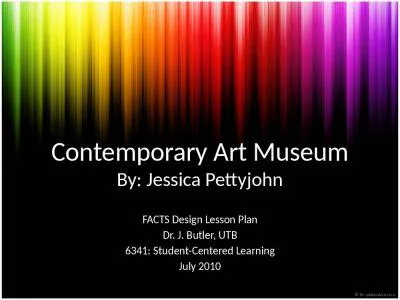PDF-Conservation Issues of Modern and Contemporary Art CIMCA Meeting Museum of Modern Art
Author : myesha-ticknor | Published Date : 2014-11-23
The meeting entitled Conservation Issues of Modern and Contemporary Art CIMCA was hosted by the Museum of Modern Art in New York and supported by Agnes Gund and
Presentation Embed Code
Download Presentation
Download Presentation The PPT/PDF document "Conservation Issues of Modern and Contem..." is the property of its rightful owner. Permission is granted to download and print the materials on this website for personal, non-commercial use only, and to display it on your personal computer provided you do not modify the materials and that you retain all copyright notices contained in the materials. By downloading content from our website, you accept the terms of this agreement.
Conservation Issues of Modern and Contemporary Art CIMCA Meeting Museum of Modern Art: Transcript
Download Rules Of Document
"Conservation Issues of Modern and Contemporary Art CIMCA Meeting Museum of Modern Art"The content belongs to its owner. You may download and print it for personal use, without modification, and keep all copyright notices. By downloading, you agree to these terms.
Related Documents

